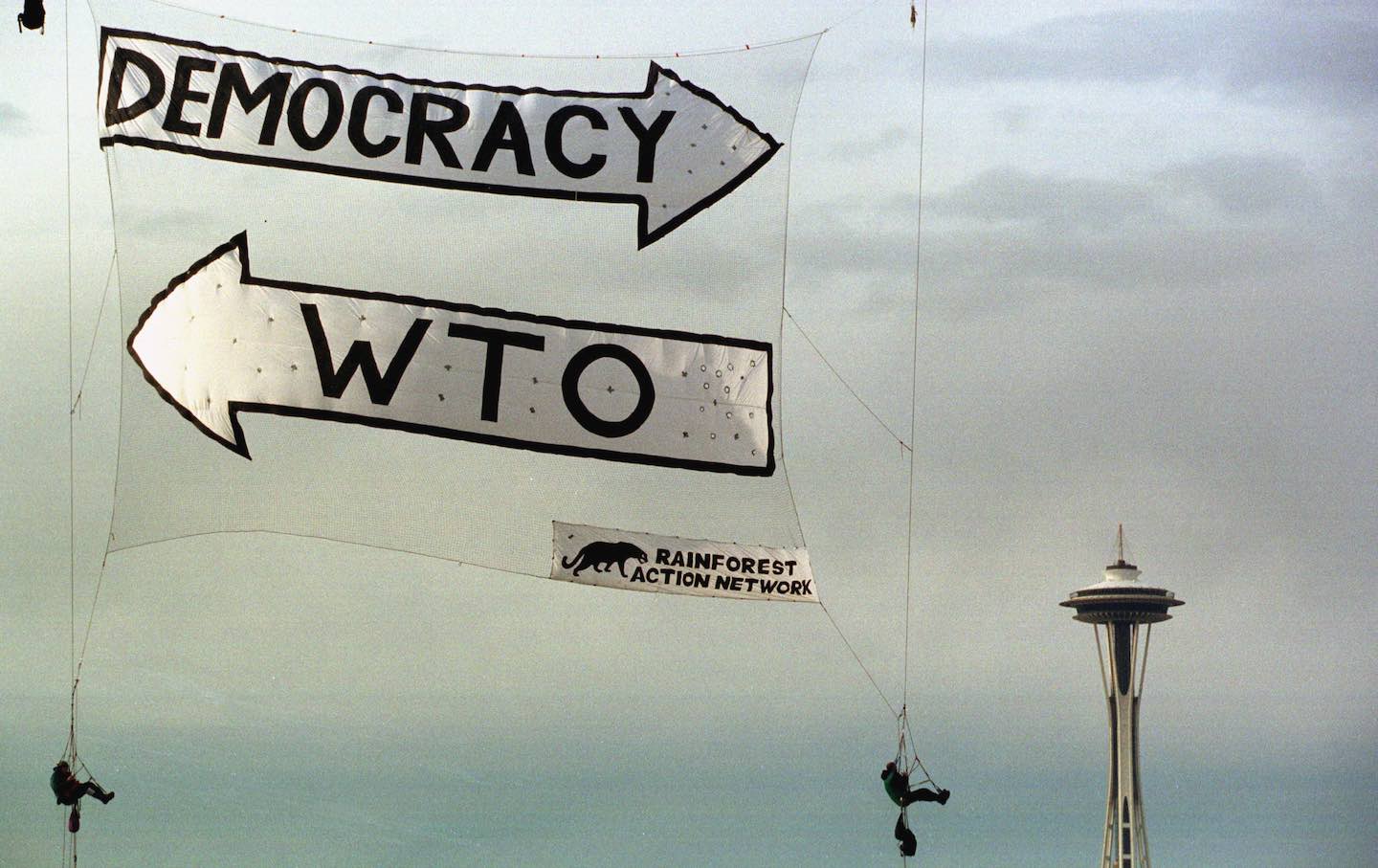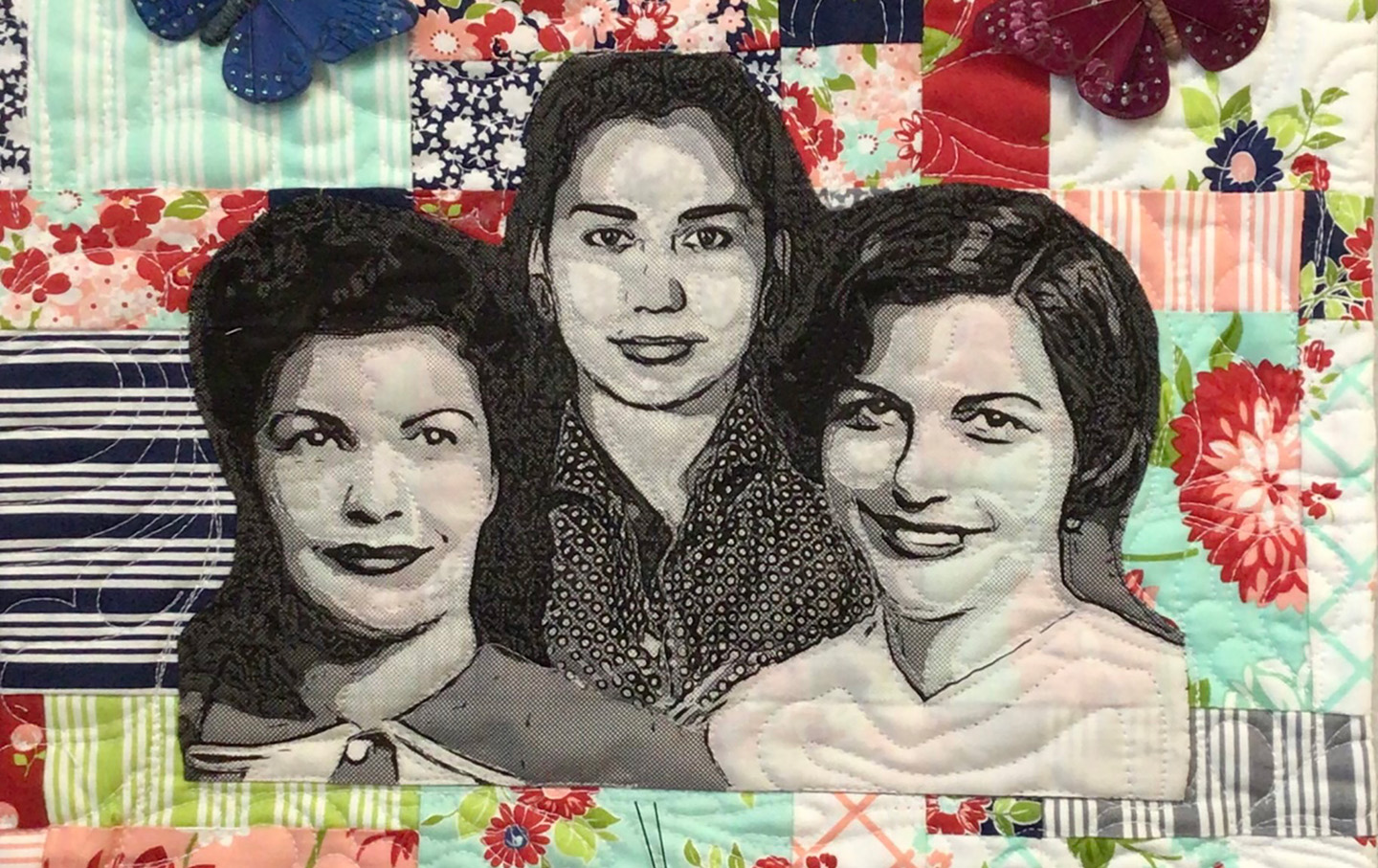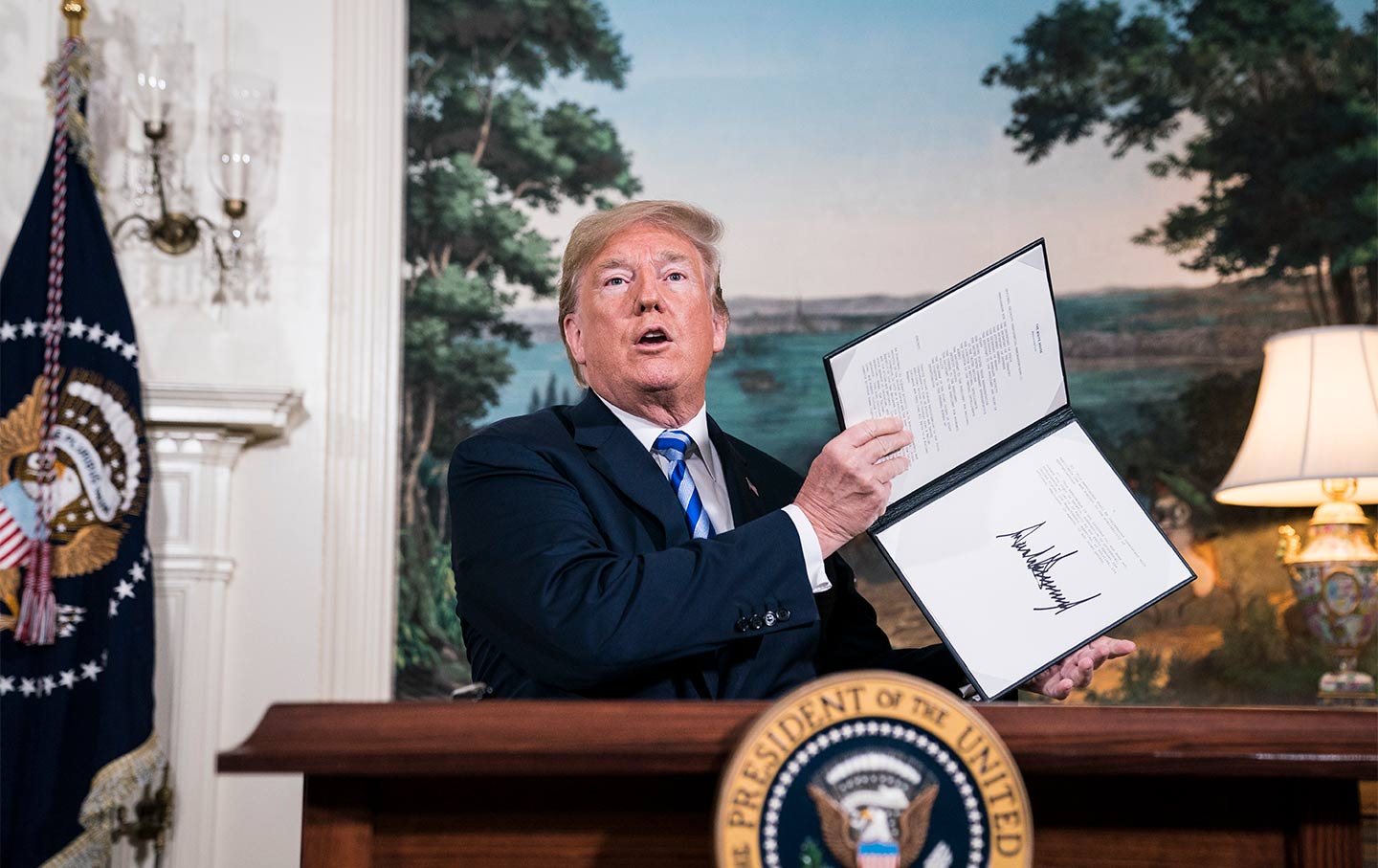The #NeverAgain Movement Six Years Later
After a school shooting in Parkland, Fla., on February 14, 2018, hundreds of thousands of young people pushed for stronger gun control measures. How has their advocacy changed since?

Protesters participate in March for Our Lives II to protest against gun violence in June 2022.
(Sarah Morris / Getty)Just weeks after surviving a mass shooting at their high school on February 14, 2018, Jaclyn Corin and David Hogg became part of a group of Parkland, Fla., students who helped galvanize a mass movement. Using the slogan #NeverAgain, the students inspired hundreds of thousands of young people to push for stronger gun control and safety measures.
A major milestone for the movement was the bipartisan federal Safer Communities Act of 2022, the first federal gun control law passed since 1994, which expanded funding for mental health resources, extended background checks to gun buyers under the age of 21, created new protections for domestic violence victims, cracked down on illegal gun purchases, among other measures. The act also incentivized states to establish red-flag laws, which enable courts to take firearms away from those deemed to present a danger to themselves or others. Such laws now exist in 21 states and the District of Columbia.
Six years after the tragedy, many of these activists have shifted their thinking, strategy, and priorities. “We genuinely believed that we could prevent a shooting from ever happening again, because we were naïve,” Corin, now 23, told The Nation. “Now I understand that ‘Never Again’ is not realistic. And on one hand, that’s very devastating. But on the other hand, I think having a realistic perspective on the issue actually helps you maintain motivation.”
Part of adopting a new perspective for Corin and other founders of March for Our Lives (MFOL) has required shifting energy away from demands like assault rifle bans to what she described as a wide array of “Band-Aid” solutions. And while this mindset can be a hard thing to swallow, she said, it’s led to real achievements for the movement—like the Safer Communities Act—and fuels her hope for the future.
“In Florida, we were able to pass gun laws with a Republican legislature after the shooting at my school,” said Hogg, referring to the Marjory Stoneman Douglas High School Public Safety Act. “It wasn’t as big as I would have liked. But it has stopped shootings.” Since the law’s passage in 2018, Florida judges have used the state’s red-flag provisions over 12,000 times. “We can only imagine how many of those people are alive today because the law was used in the first place.”
Shannon Watts, the founder of Moms Demand Action, a grassroots group founded in the wake of the Sandy Hook Elementary School shooting in 2012, told The Nation that she’s seen a “seismic shift” on the issue over the last decade. As just one benchmark, she pointed to the fact that in 2012, a quarter of Democrats in Congress had A ratings from the National Rifle Association (NRA); today, none do.
“We’ve flipped the script, and now the NRA is the third rail of American politics,” Hogg said. But the way that politicians approach the issue of gun safety isn’t the only change; Moms Demand Action themselves has broadened its vision.
“It started off about mass shootings,” said Watts, whose group is now part of Everytown for Gun Safety. She told The Nation that the most common reason cited by new volunteers was that their child experienced their first lockdown drill in school. “But I think the movement has evolved,” she said, explaining the shift from “focusing on what is about 1 percent of the gun violence in this country to really looking at it in a much broader way.”
In 2022, nearly 50,000 Americans died of a gun-related injury, according to the Centers for Disease Control. Fifty-six percent of gun deaths in the United States that year were suicides, while another 41 percent were homicides. Less than 2 percent of gun deaths in 2021 involved a shooting with more than four victims.
“We can’t be blind to the fact that Parkland doesn’t have shootings on a daily basis,” said Hogg. “It’s not because we have the strongest gun laws in the country. It’s because we have some of the most resources of any movement of any community in the country.”
A 2022 CDC study found that areas with the highest poverty rates saw the greatest amount of gun-related deaths, including both suicides and homicides. Black Americans are disproportionately impacted by gun violence and were the victims of more than 61 percent of gun homicides in 2020, according to the Center for American Progress.
“Black and brown communities, particularly Black leaders in urban settings, have been doing this work—particularly Black women—for decades, before this was something in the public discourse,” Angela Ferrell-Zabala, the executive director of Moms Demand Action, told The Nation. “They were doing this because they are most impacted.”
To advocates, an important achievement has been seeing their own volunteers gain elected office, like Georgia Representative Lucy McBath, a former spokesperson for Moms Demand Action, and Florida Representative Maxwell Frost, the former national organizing director for MFOL and the first Gen-Z member of Congress.
Popular
“swipe left below to view more authors”Swipe →Beyond the legislative and electoral victories of the past decade, one of the most meaningful achievements gun safety activists celebrate is the public’s attention and support for further reform measures. A Data for Progress survey in 2022 found that a quarter of adults under 30 ranked gun control among their top two political priorities. And 53 percent of likely voters said in a survey last month that they would favor the Biden administration using executive action to tackle gun violence.
Still, Harvard’s Institute of Politics recently found that less than 50 percent of young people are certain to vote in the presidential election this fall. And only 4 percent of young voters polled said that gun safety was a primary concern. “People are tired. They’re exhausted. They want change, and they want it right now,” said Ferrell-Zabala. “And this is something that unfortunately looks very incremental.”
To Corin, part of the apathy comes from an environment of hopelessness and a feeling that mass shootings are inevitable. “Red-flag laws in Florida have successfully prevented hundreds of shootings. And do people know about that? Probably not,” said Corin. “I think there needs to be better communication about the policies that do exist out there that successfully end gun violence.”
“I think it’s a challenge to keep people motivated when it feels like you turn on the news and all you hear is someone has been shot,” Ferrell-Zabala added. “This is why it’s so important to reassure and let people know the progress that we have made.”
“I don’t think it’s hope that drives me,” Hogg explained. “I think it’s just that there’s nothing, there’s no other option but to keep going.”
More from The Nation

Human Rights for Everyone Human Rights for Everyone
December 10 is Human Rights Day, commemorating the anniversary of the Universal Declaration of Human Rights (UDHR), one of the world's most groundbreaking global pledges.

25 Years Ago, the Battle of Seattle Showed Us What Democracy Looks Like 25 Years Ago, the Battle of Seattle Showed Us What Democracy Looks Like
The protests against the WTO Conference in 1999 were short-lived. But their legacy has reverberated through American political life ever since.

Hollywood’s Vocal Actors Union Goes Silent on a Gaza Ceasefire Hollywood’s Vocal Actors Union Goes Silent on a Gaza Ceasefire
Amin El Gamal, head of SAG-AFTRA's committee on Middle Eastern and North African members, has advocated for a statement supporting a ceasefire in Gaza—so far without success

The Mirabal Sisters The Mirabal Sisters
Patria, Minerva, and María Teresa Mirabal were sisters from the Dominican Republic who opposed the dictatorship of Rafael Trujillo; they were assassinated on November 25, 1960, und...

What Will a Peace Movement Look Like Under Trump’s Second Presidency? What Will a Peace Movement Look Like Under Trump’s Second Presidency?
An all-hands-on-deck approach to the coming world of Donald Trump and crew is distinctly in order.



